
Searching for the remnants of Edo’s oldtown legend, Hokusai. (Part 3)
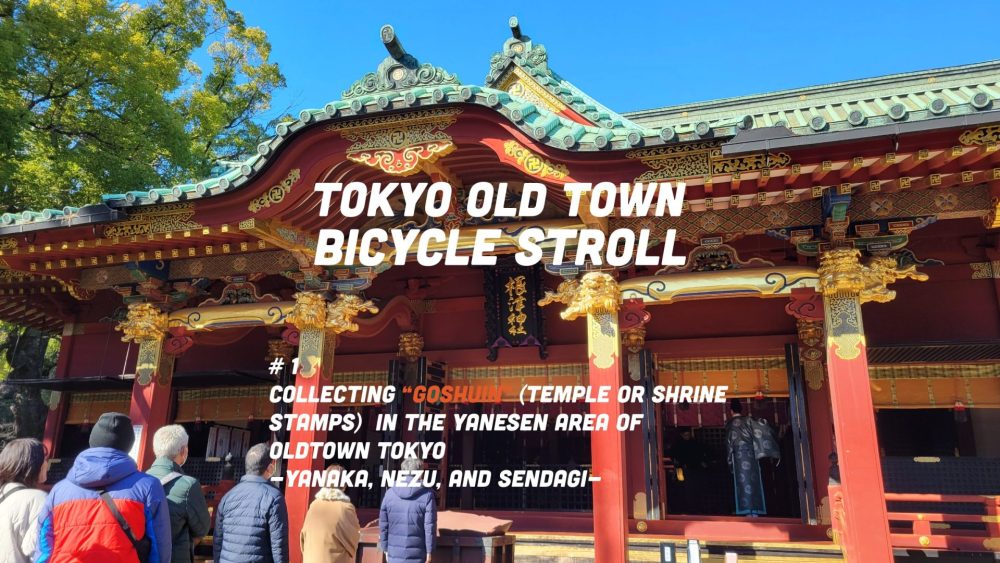
1. Hello, I’m a Edokko(Tokyoite born and raised in Tokyo for more than three generations).
2. Collecting Goshuin stamps in the popular Yanesen area(Yanaka, Nezu, and Sendagi area), which is also popular among young people.
3. The wave of E-BIKES has also reached the old town area. Let’s take a stroll with rental bikes.
4.Get a Goshuincho (Goshuin stamp book) and Goshuin stamps at the landmark Nezu Shrine.
5.Encounter Komainu (guardian dogs) at the Hakusan Shrine that look like they came from SFX.
6. Are traditional Senbei(rice crackers) square-shaped?
7.Visit a temple associated with the samurai stories beloved by the Japanese.
8.The Yanesen area also offers a variety of gourmet experiences.
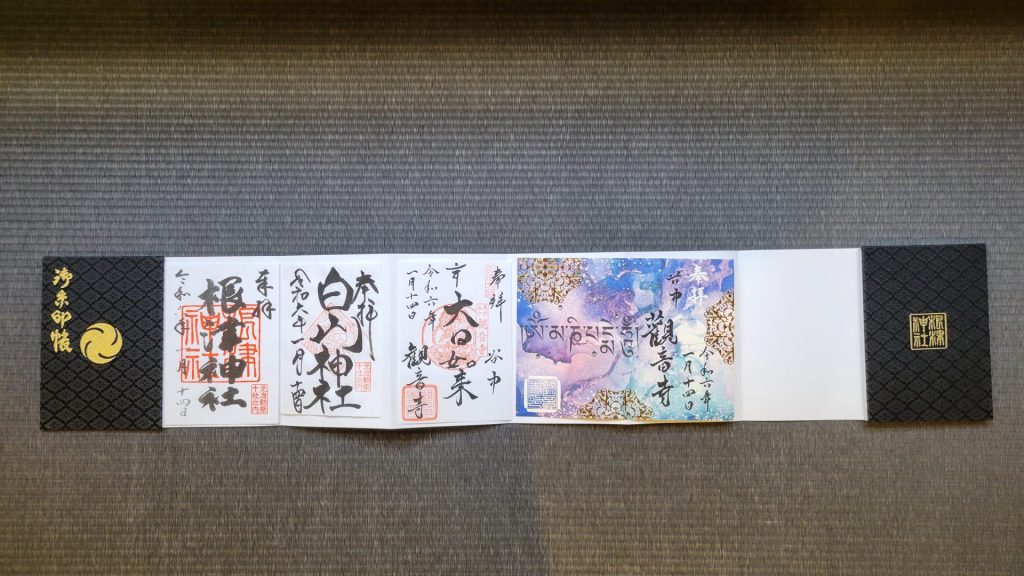
Nice to meet you. My name is Shitamachi Kombu, born and raised in the old town area of Tokyo. I’m what you might call a third-generation Edokko (it’s said that if you live in Tokyo for three generations, you’re considered an Edokko, while if you live in Yokohama for three days, you’re considered a Hamakko).
In this column, I’ll be exploring the down-to-earth neighborhoods known as “Shitamachi” in Tokyo by rental bike and sharing the charm of these areas with you. Please enjoy these casual reports.
January 2024, on a certain day.
Inspired by the clear skies of Japan, I decided to take a bicycle stroll to collect Goshuin (temple stamps) (*1) in the Yanesen area of Tokyo. “Yanesen” is a collective term for the neighborhoods of Yanaka, Nezu, and Sendagi on the eastern side of Tokyo. It’s a culturally rich area where famous Japanese literary figures such as Natsume Soseki and Mori Ogai once lived.
Collecting “Goshuin,” is a hobby that has been around for a long time in Japan , but it has become popular among younger generations as well, establishing itself as one of the pleasures of visiting temples and shrines. It’s quite a luxury to receive a unique calligraphy or painting with a date stamp that can only be obtained at that specific place and time.
That said, this will actually be my first proper attempt at collecting goshuin, so I’ve been doing some research beforehand.
Ah, I see. It seems there are two ways to receive the Goshuin:
1.Directly stamping and hand-writing (*2) the date in the Goshuincho (Goshuin stamp book).
2.Hand-writing the date on a pre-stamped paper separately provided on the spot.
With that in mind, I’ll first head to Nezu Shrine, which also sells Goshuincho.
*1
A stamp pressed as proof of visitation or pilgrimage to temples and shrines. In addition to traditional designs featuring temple and shrine stamps, there are also variations with illustrations, collaborations with characters or companies, and more. Furthermore, there are limited-time Goshuin available, which can excite collectors. Some temples may refer to Goshuin by different names, such as “Goshudai.”
*2
The act of writing characters with a brush using ink, known as “shodo” in Japanese. It is said that Japanese calligraphy culture developed alongside Buddhism, which was transmitted from China. Additionally, Japan is progressing with the application for calligraphy to be recognized as a UNESCO Intangible Cultural Heritage. With this in mind, collecting Goshuin with handwritten dates using brushes may become a popular hobby in the future.
Transferring trains, I arrived at Nezu Station.
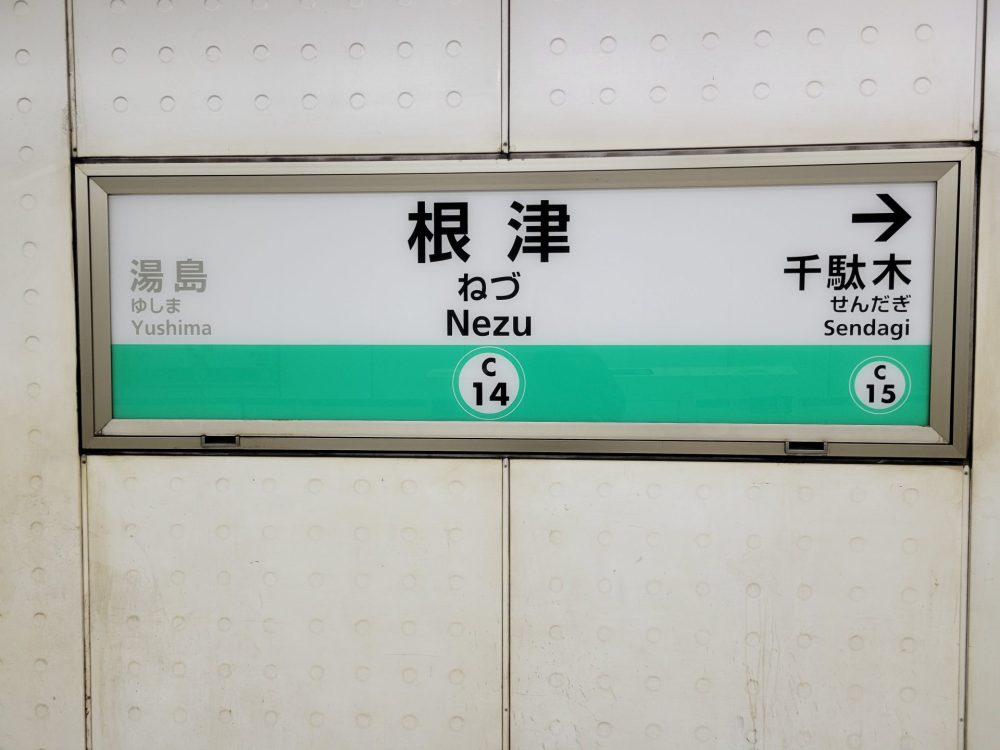
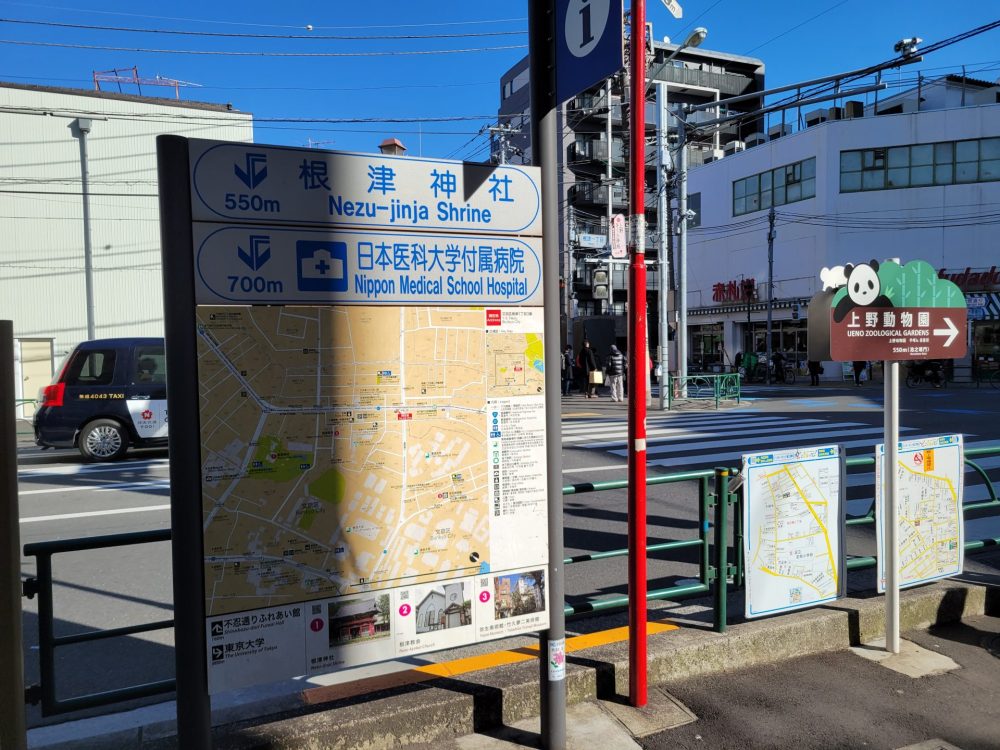
There was a Docomo Bike Share port at the Fureai-kan on Shinobazu Street, about a 5-minute walk from Nezu Station. Docomo Bike Share is the largest bike-sharing service in Tokyo, available at various locations throughout the city. It operates on a system where you can rent a bike from one port and return it to another, allowing you to easily explore the city.
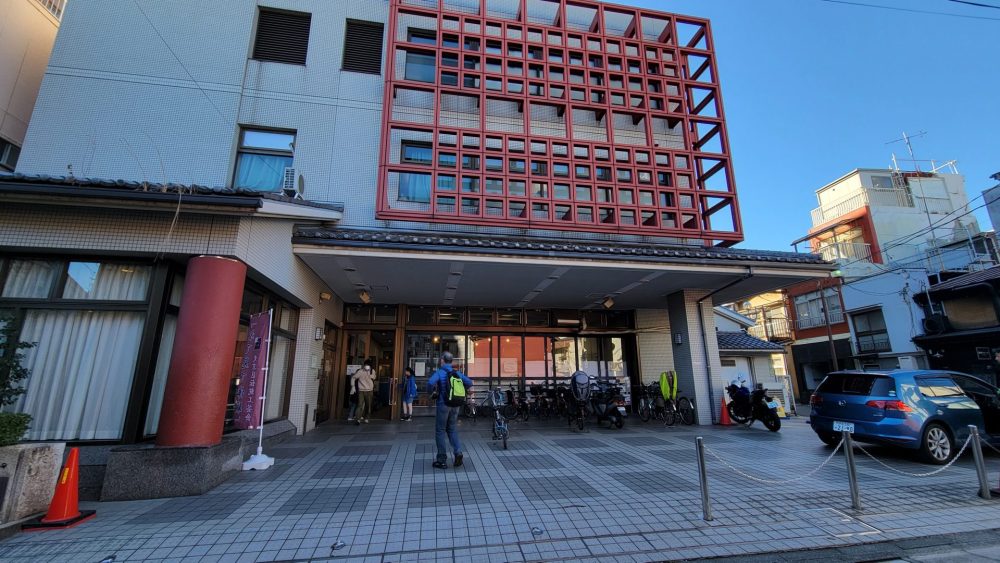

To rent a bike, first choose the bike you want to rent and then enter the bike number and passcode listed on the vehicle into the dedicated app you downloaded in advance.

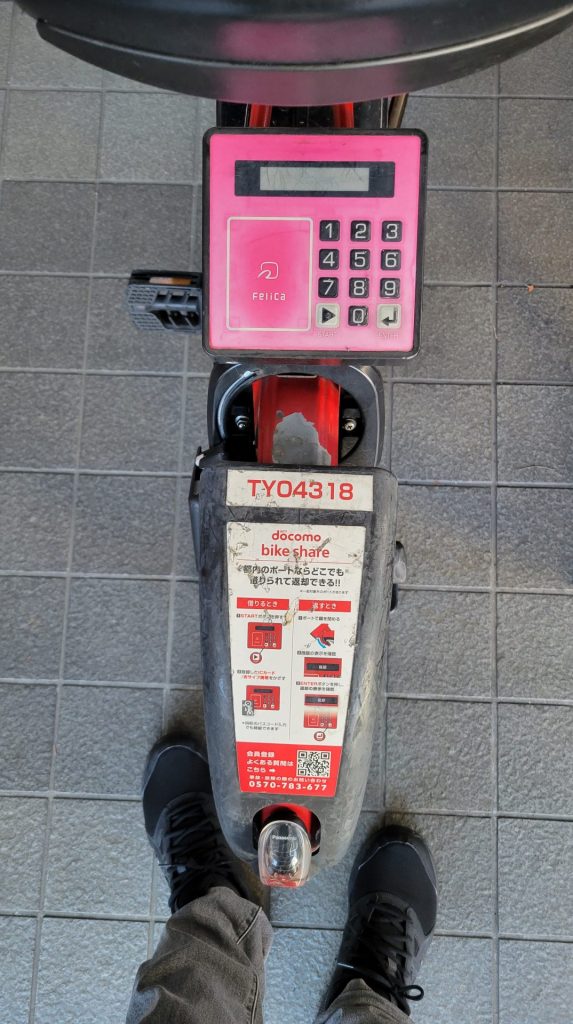
※For those with overseas mobile phones
To use Docomo Bike Share, you need a SMS text message with a Japanese phone number , but you can rent a bicycle using the following methods.
①Purchase a “1-day pass (with IC card)” at a staffed sales location for Docomo Bike Share.
With the “1-day pass (with IC card),” you can use the bike share service without a Japanese phone. Here’s a page compiled by us on how to use it.
How to Use Docomo Bike Share for Visitors in Japan
②Use a local bike rental shop
Check if there is a bike rental shop near your destination.
When I searched on the web, I found a rental bike shop called TOKYOBIKE. They offer stylish bikes for rent, and if they have helmets in stock, you can rent them together. Their website is also available in English.
https://tokyobike.com/tokyobikerentals/
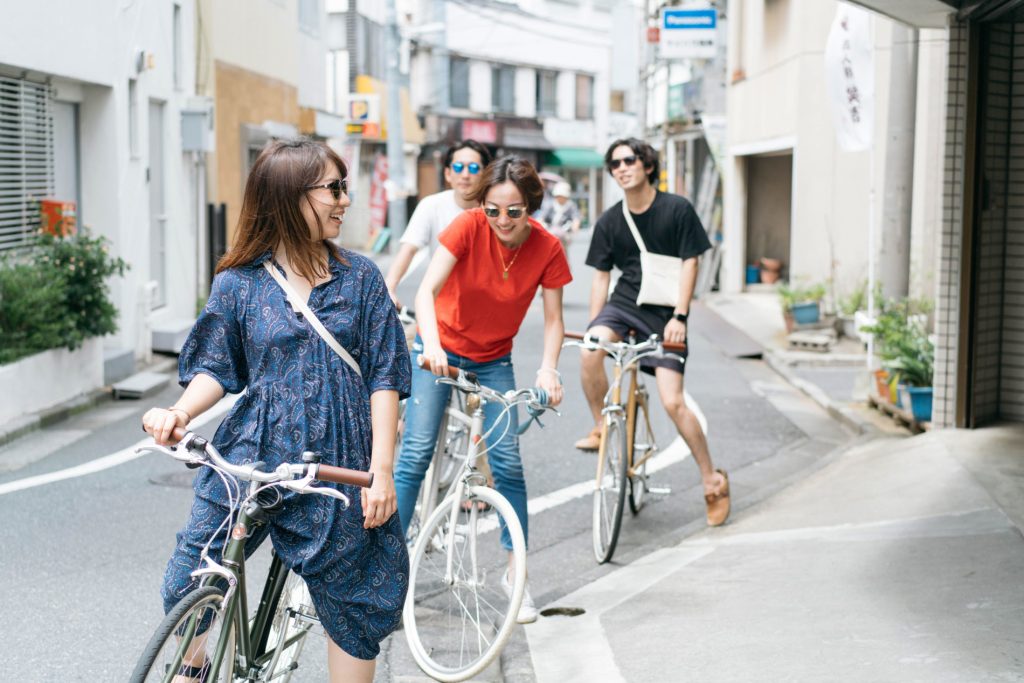
I got a little lost , but after a while I spotted the torii gate of Nezu Shrine.Though the Hatsumoude (*3) season has passed, there were still many visitors bustling about the shrine grounds, and I also noticed a few overseas tourists among them.
*3
Hatsumoude is the practice of visiting Shinto shrines or Buddhist temples for the first time in the new year.
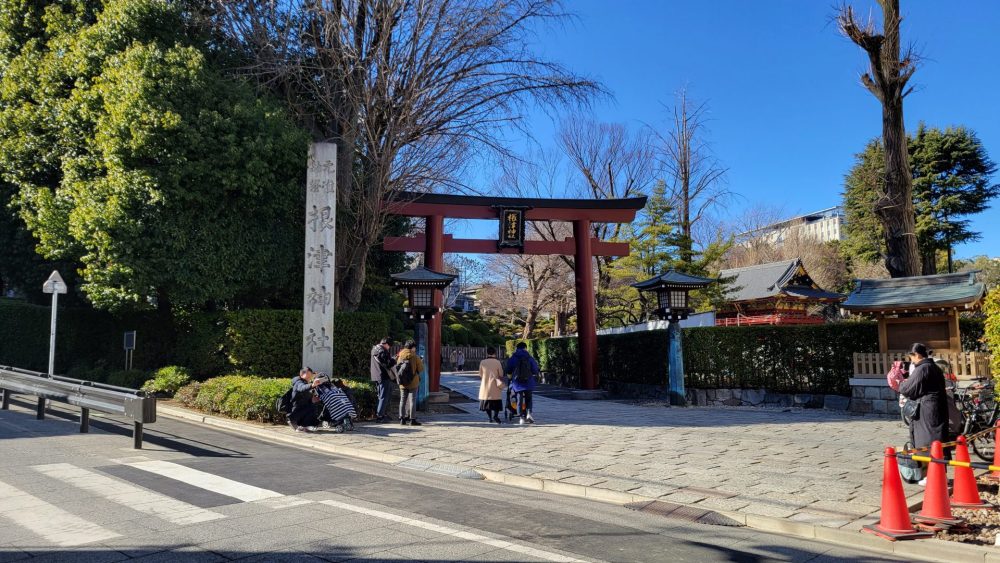
In the inner worship hall, there were dozens of people forming a line for worship. They might pray to Sugawarano Michizane (*4), one of the deities worshipped for success in exams. While thinking “Good luck to the exam takers 👍,” I received the set of Goshuincho and Goshuin I was looking for at the adjacent office.
*4
Heian-period scholar and politician famous as the god of learning in Japan.
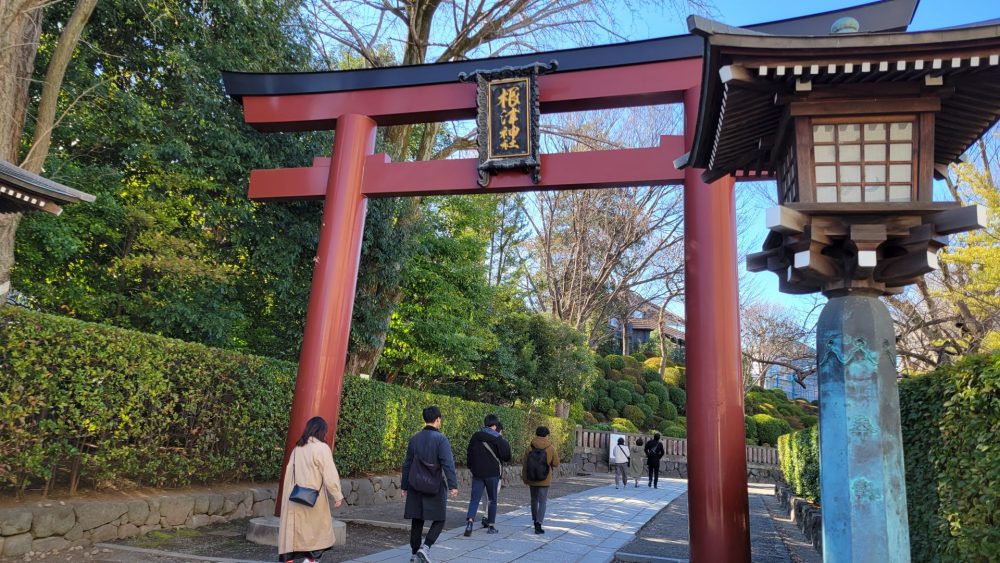
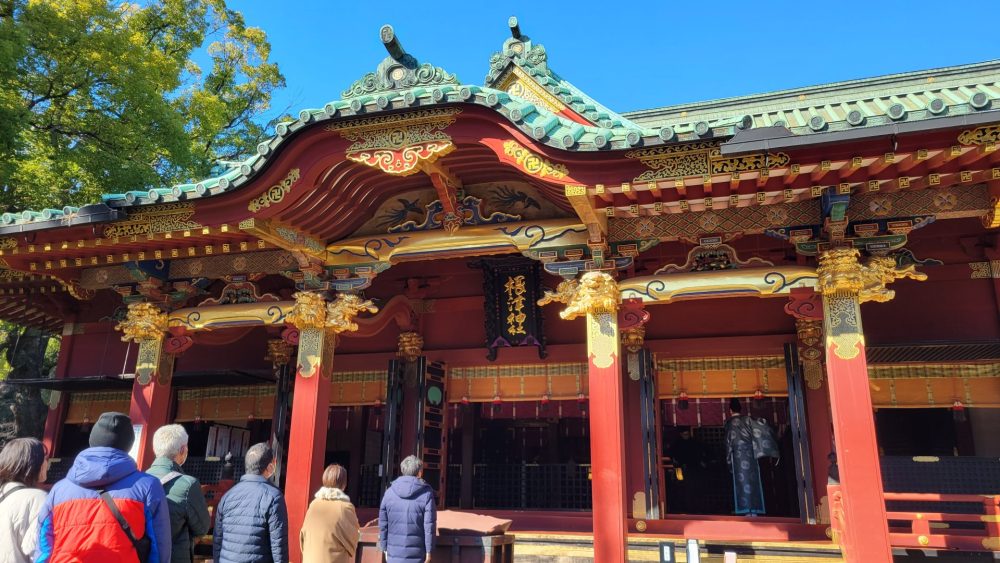
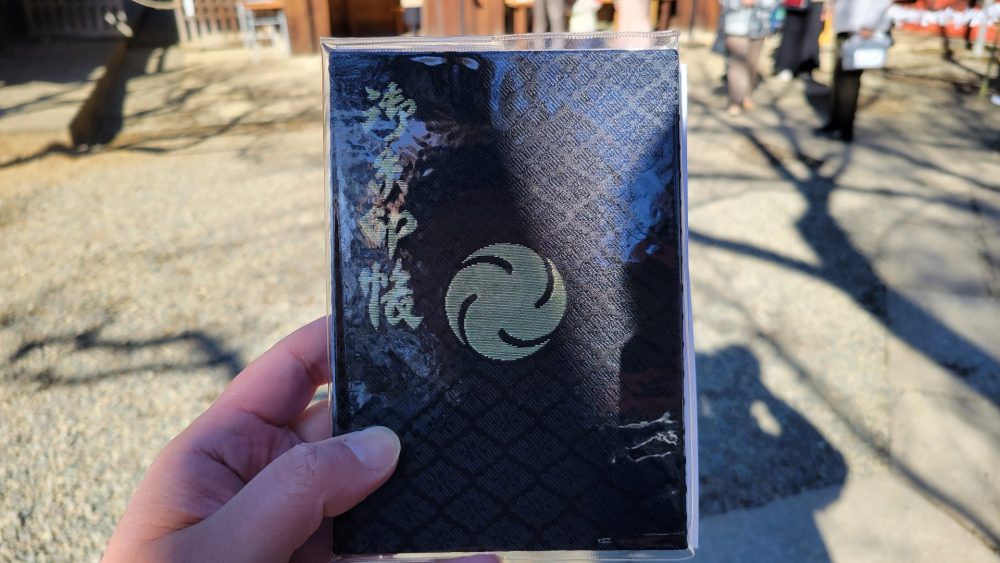

Also, there were omikuji (*5) available in four languages, so I decided to draw one.
*5
Omikuji is a piece of paper with fortunes or predictions of good or bad luck that can be drawn at shrines or temples. It typically represents the overall fortune in several stages, ranging from the worst daikyo (or kyo) to the best daikichi.
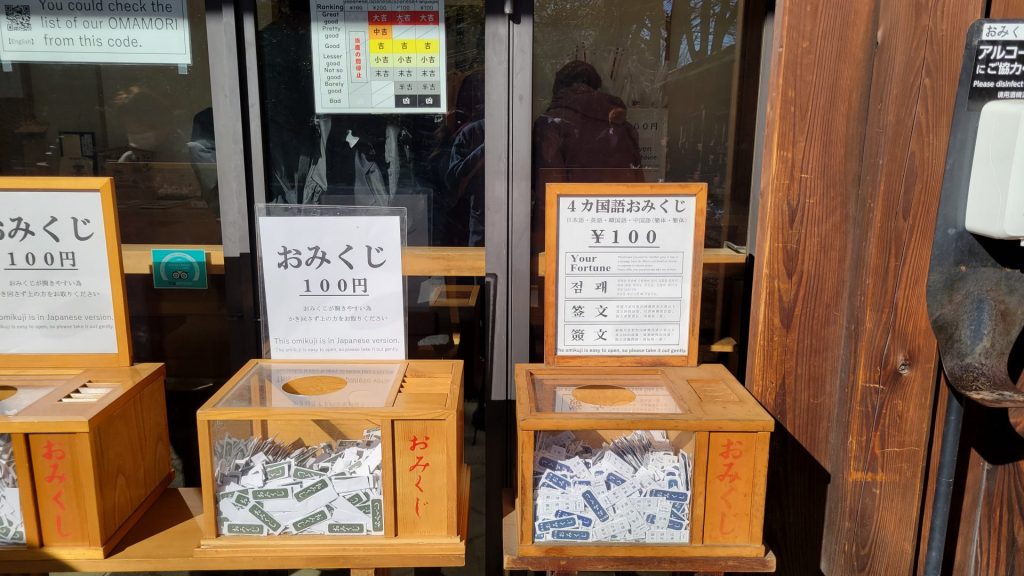
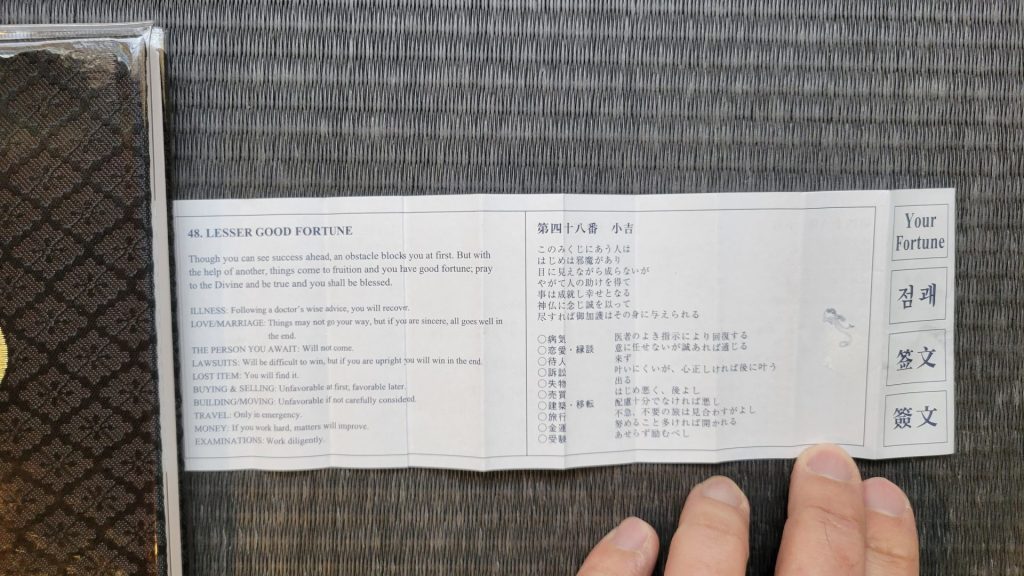
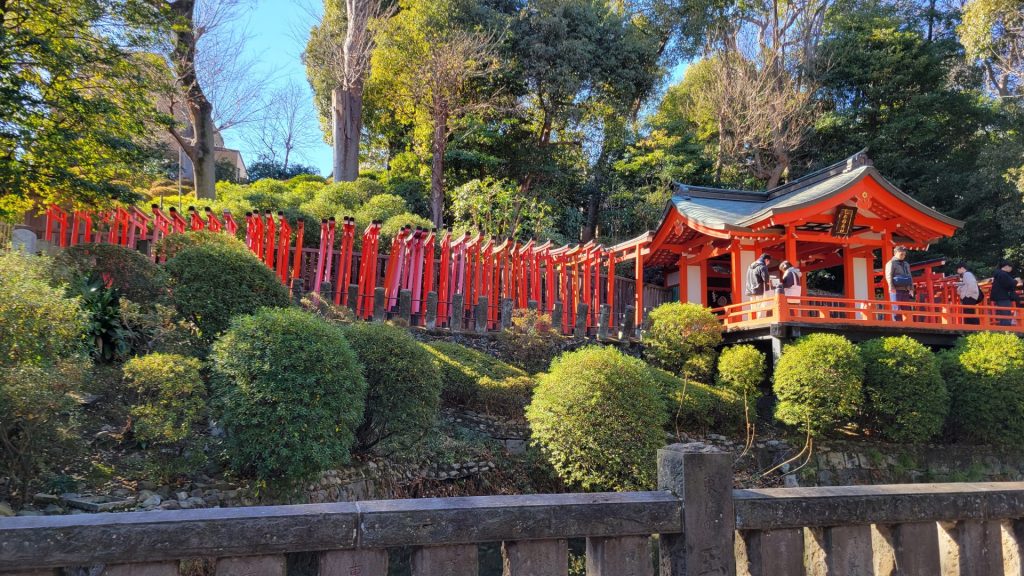
April, when the azalea garden is open to the public, is a particularly recommended season.
Leaving Nezu Shrine, I head towards Hakusan Shrine in Hakusan.
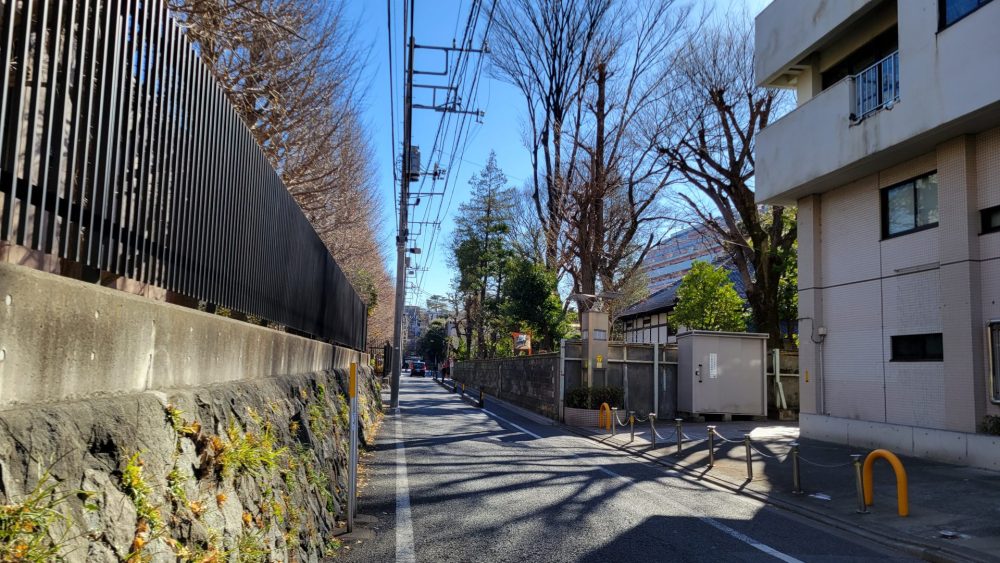

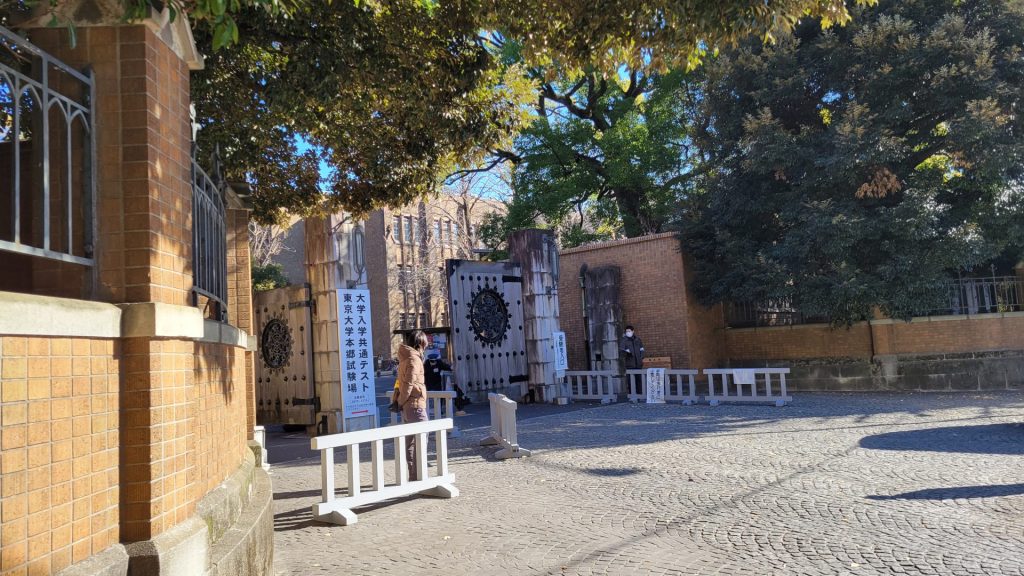
I found the entrance to Hakusan Shrine.It’s a small shrine located in the town.
I heard it’s selected as one of the Tokyo Ten Jinja (*6) along with Nezu Shrine.
*6
It’s derived from the twelve shrines designated by the Meiji government to protect the Imperial Palace where Emperor Meiji resided.
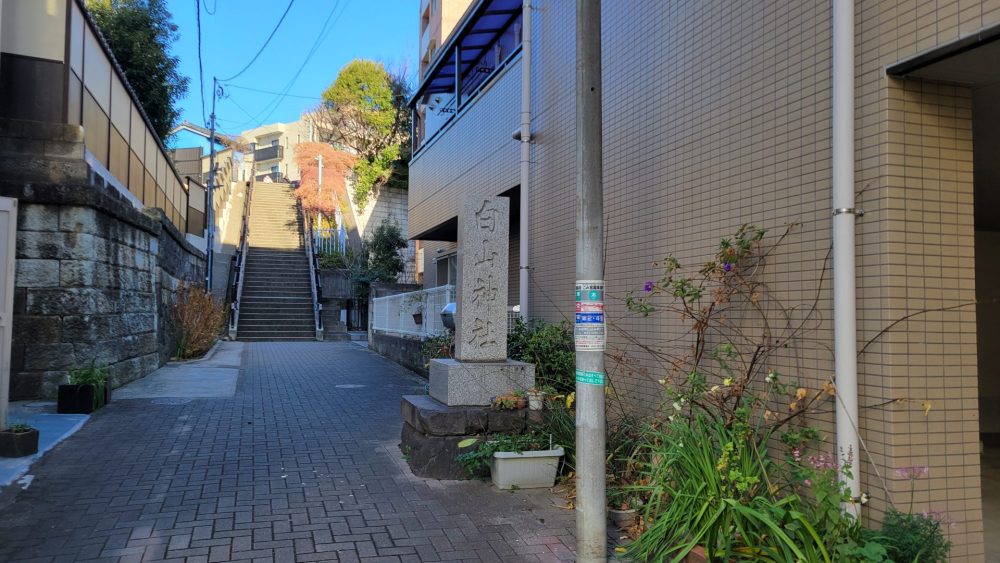
I climbed a short staircase and paid my respects at the lovely main hall.
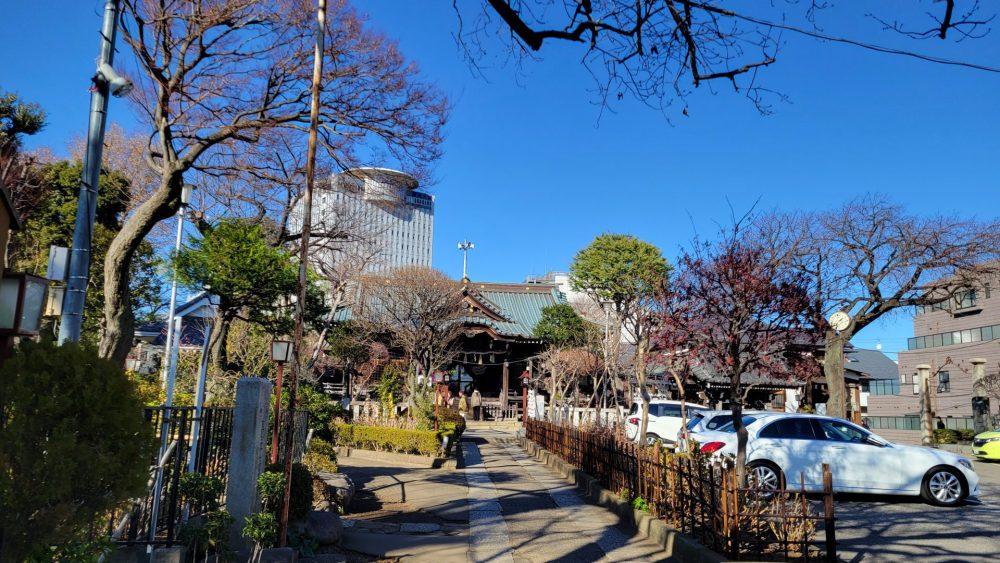

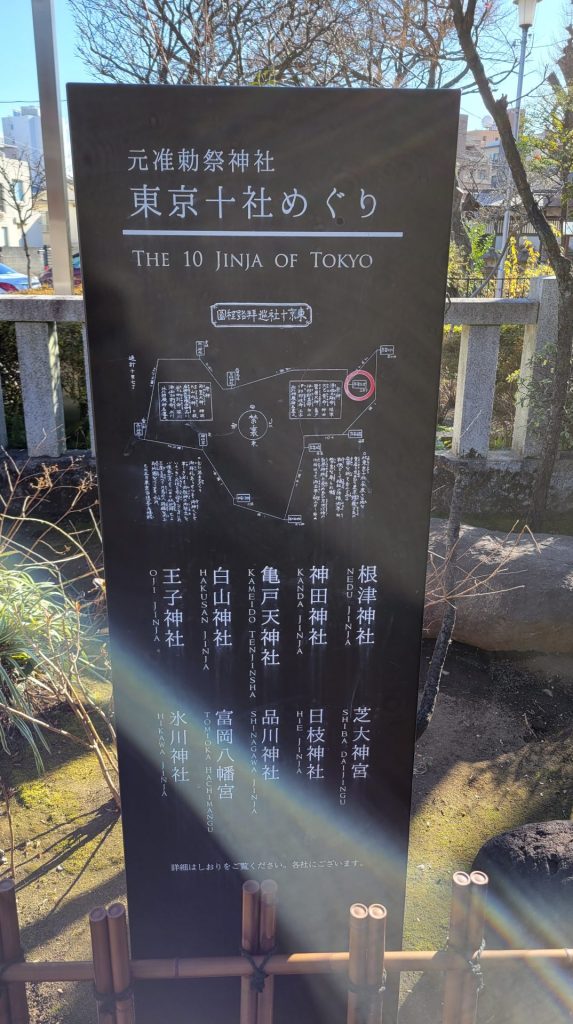
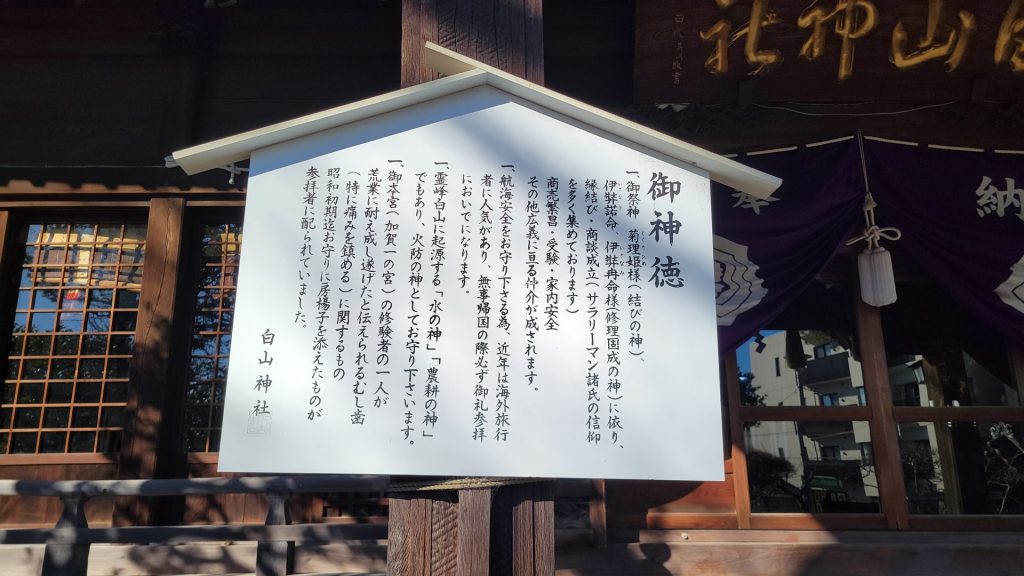
Reading the standing sign, it seems that there is a divine virtue of ensuring safe voyages, which has become popular among tourists in recent years.
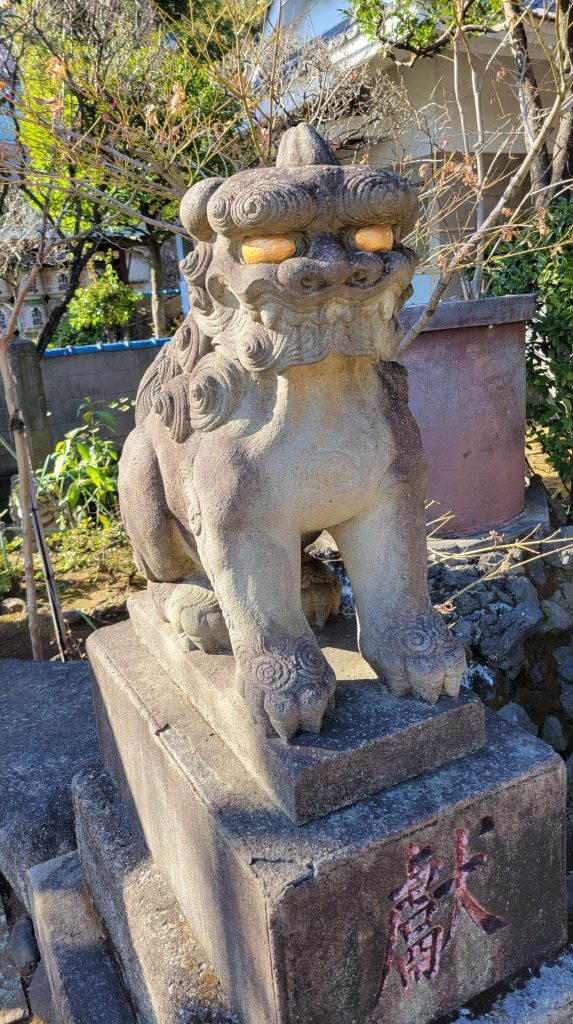
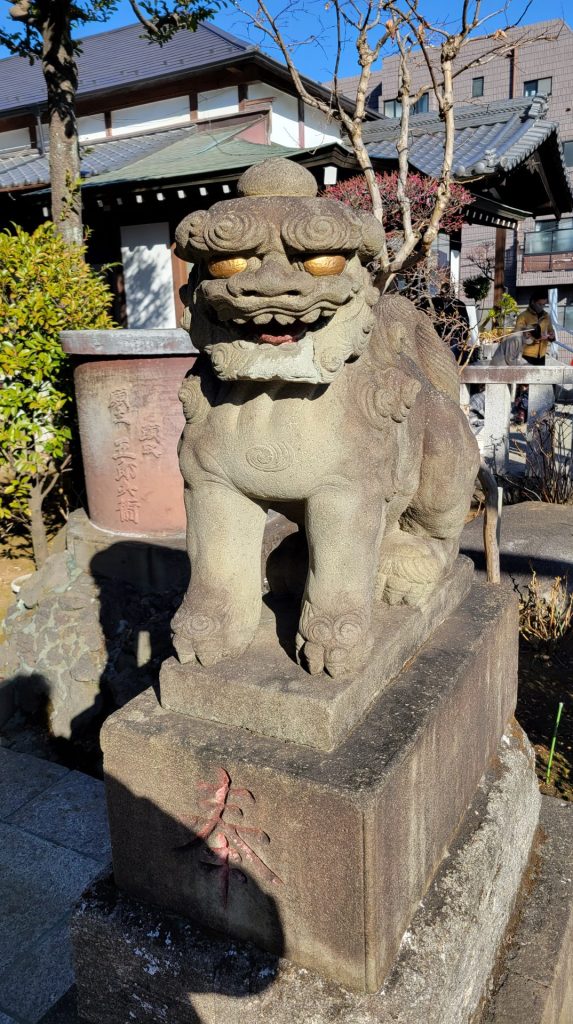
Flanking the line of visitors, a pair of Komainu (guardian dogs) stood watch on both sides. They were deformed in a way that exuded a sense of cuteness, but their eyes coated in gold leaf resembled the glowing eyes of a special effects hero.
After paying respects, I received a Goshuin at the neighboring office.
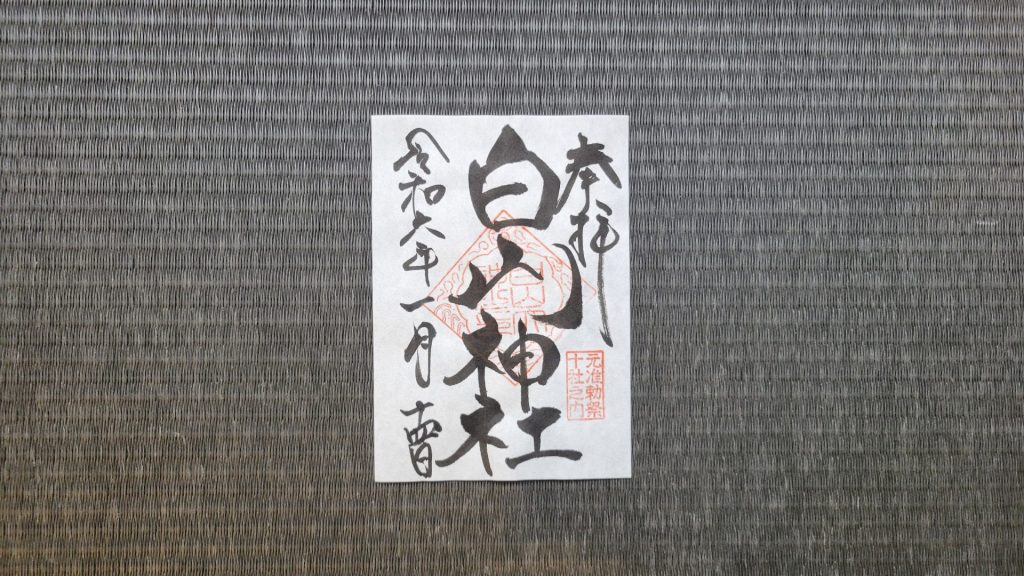
Leaving Hakusan Shrine, famous for its hydrangeas in June,finally, I head to Kannonji Temple in Yanaka.
From Hakusan Shrine to Kannon Temple, there is little traffic, making it a comfortable ride.
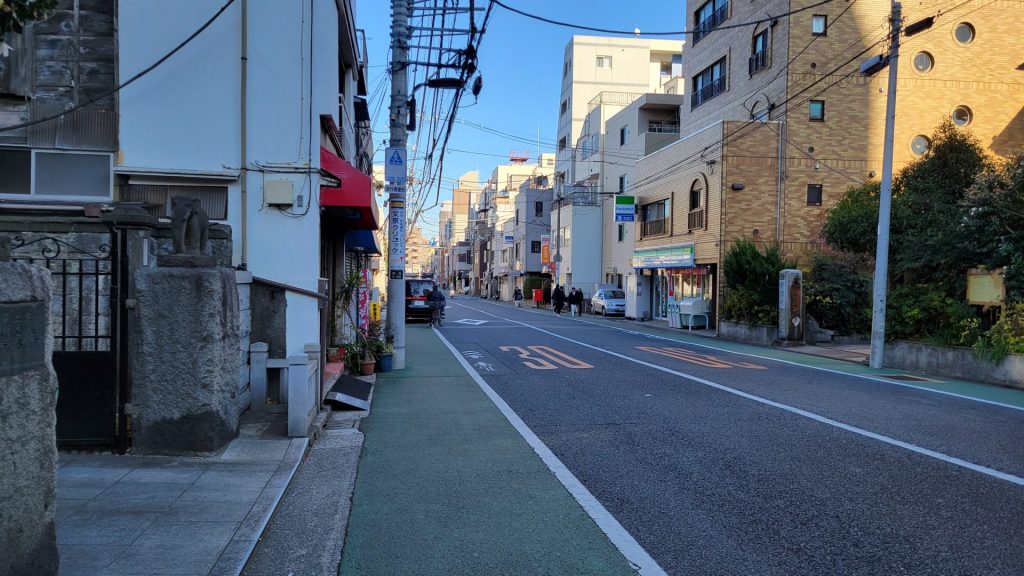

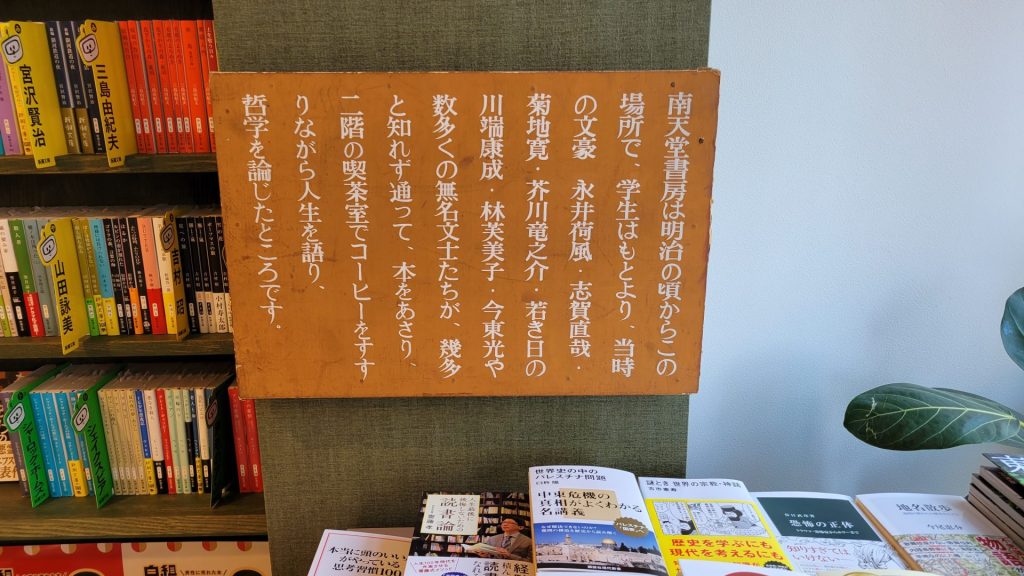

I discovered a venerable Senbei (*7) shop just as I was feeling a bit peckish. Upon inquiring with the staff, I learned that the shop was established in the 8th year of the Meiji era (1875 AD). Since it was a special occasion, I decided to try the rice crackers that have been available since the shop’s founding.
*7
A confectionery term referring to snacks made by steaming rice, seasoning it with salt or sweetness, and then baking it. It’s also known as “rice crackers”.

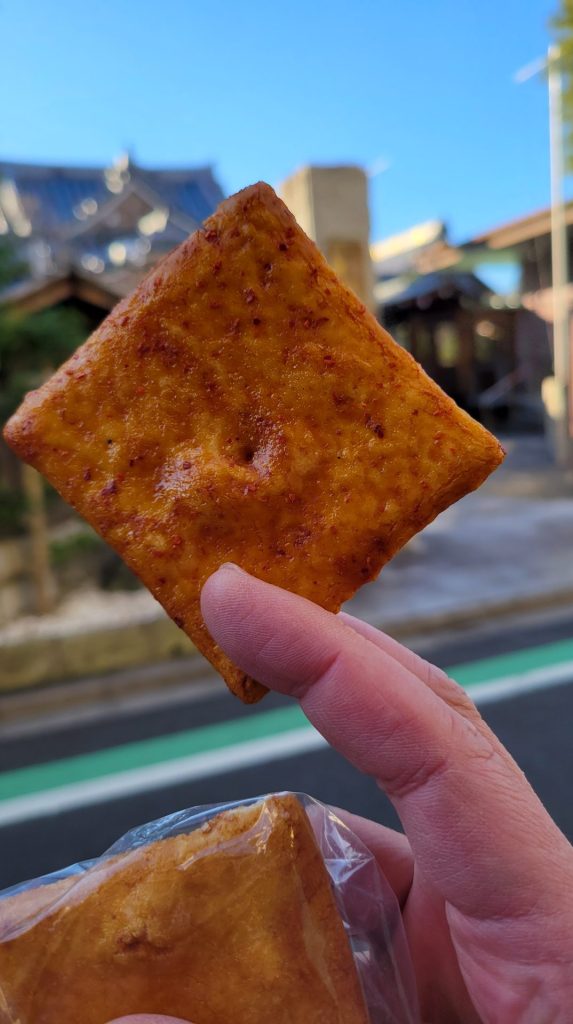
Now, arriving at the Kannon Temple after taking a detour.
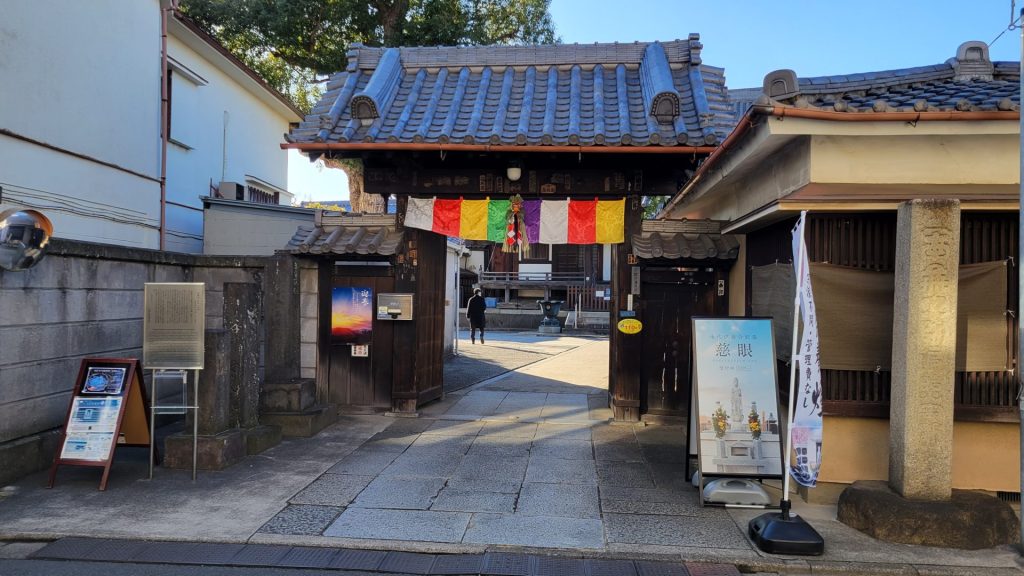
To introduce Kannon Temple, we should mention its connection with the Forty-seven Ronin from the “Chūshingura” (*8) tale.
*8
“The Treasury of Loyal Retainers,” a Kabuki and Joruri script from the Edo period, focuses on the story of the Forty-seven Ronin from Akō (present-day Hyōgo Prefecture), who sought revenge to avenge their lord, who had been forced to commit seppuku as a result of a vendetta. Though they fulfilled their loyalty to their deceased lord, they were later ordered by the shogunate to also commit seppuku, following the same fate as their master.
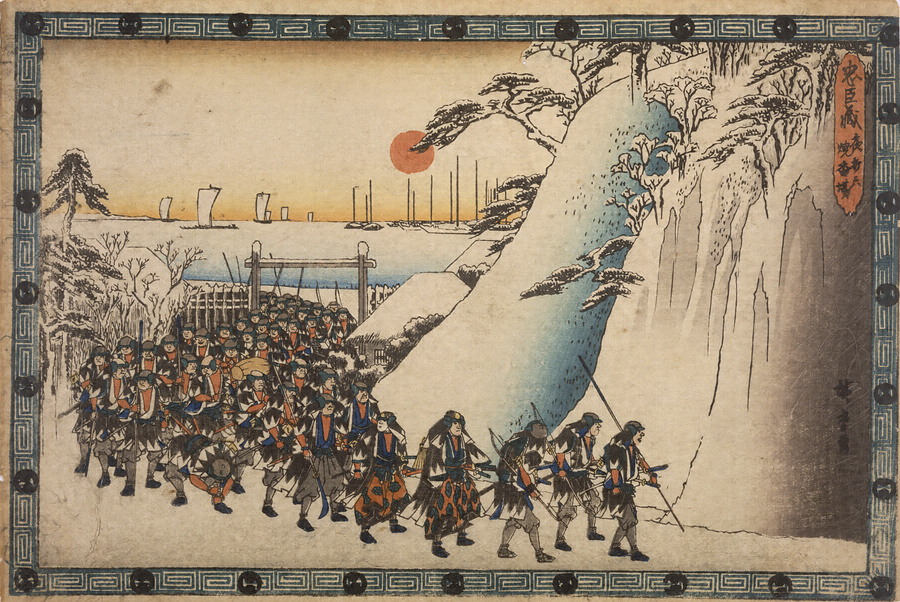
The tale, based on the real-life Forty-seven Ronin of Akō, known as “Chūshingura,” has been beloved by the Japanese people through creative works like Kabuki for centuries.
The 6th-generation chief priest of this Kannonji temple was said to be the brother of two of the Forty-seven Ronin, establishing a close connection. Due to this association, the temple often hosted meetings of the Akō Ronin, who were plotting to overthrow the Kira clan. As a result, a memorial tower for the Forty-seven Ronin was erected after the incident, and to this day, many people, including those paying respects to the loyal warriors and history enthusiasts, visit the temple.

After paying my respects, I visited the temple office. I requested two unique Goshuin, one being basic and the other a rare collaboration with Swarovski.

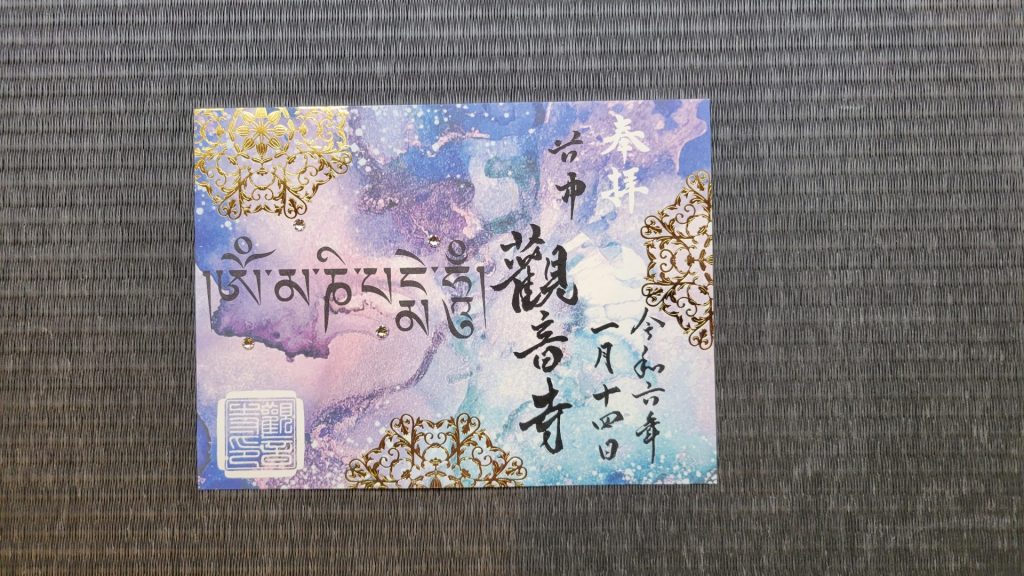
As I left the temple, I noticed a nice soba restaurant next door.
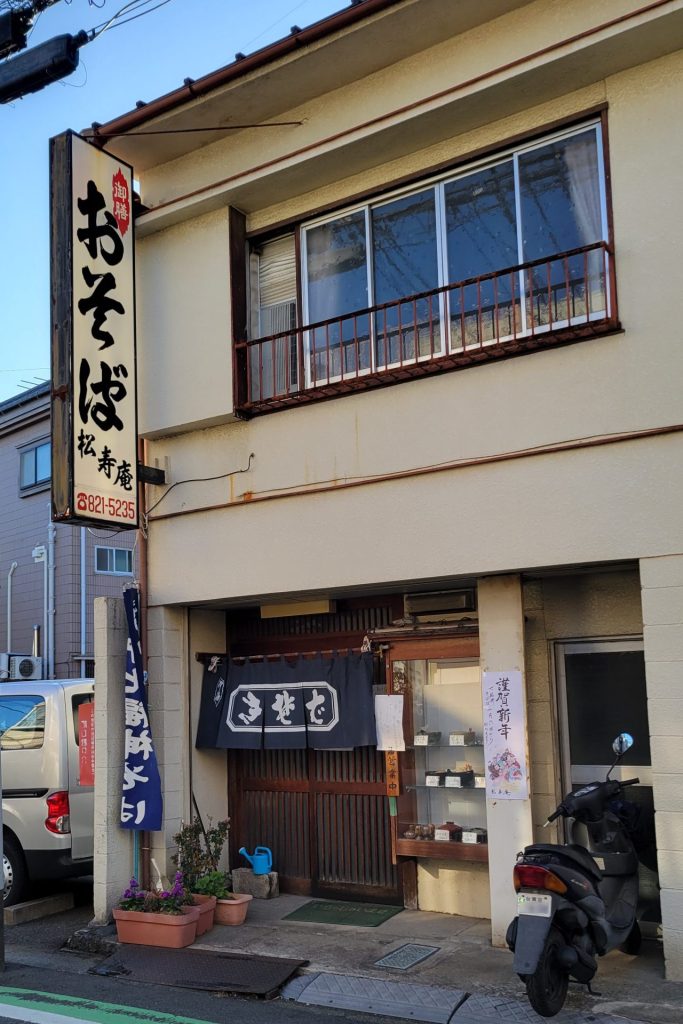
As I passed through the curtain and took my seat, I noticed a menu item called ” Shichifukujin (=Seven Lucky Gods) (*9) Udon,” which seemed to bring good fortune. When I talked the amiable proprietress , she explained that the Shichifukujin are a highlight of the Yanesen area and are usually exhibited from January 1st to 10th every year.
*9
These are seven gods traditionally worshipped in Japan for good luck. Originating from Japan as well as India and China, they comprise a diverse variety of gods, akin to the Avengers.
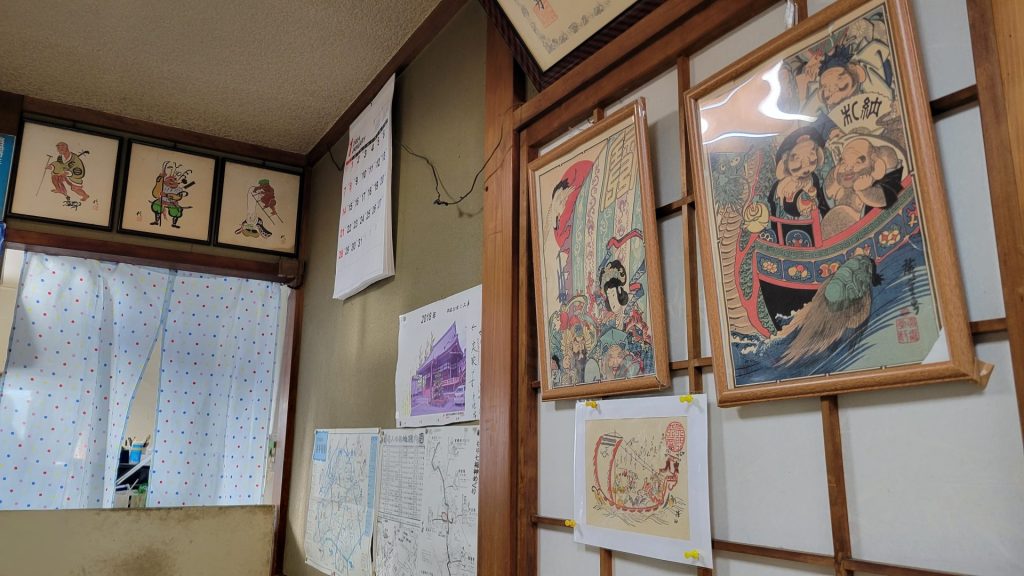
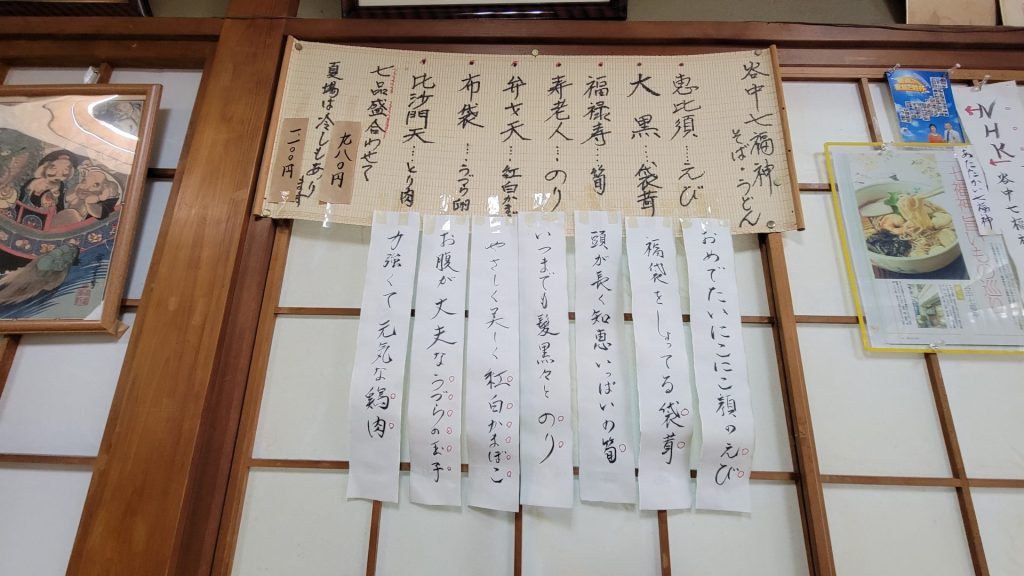
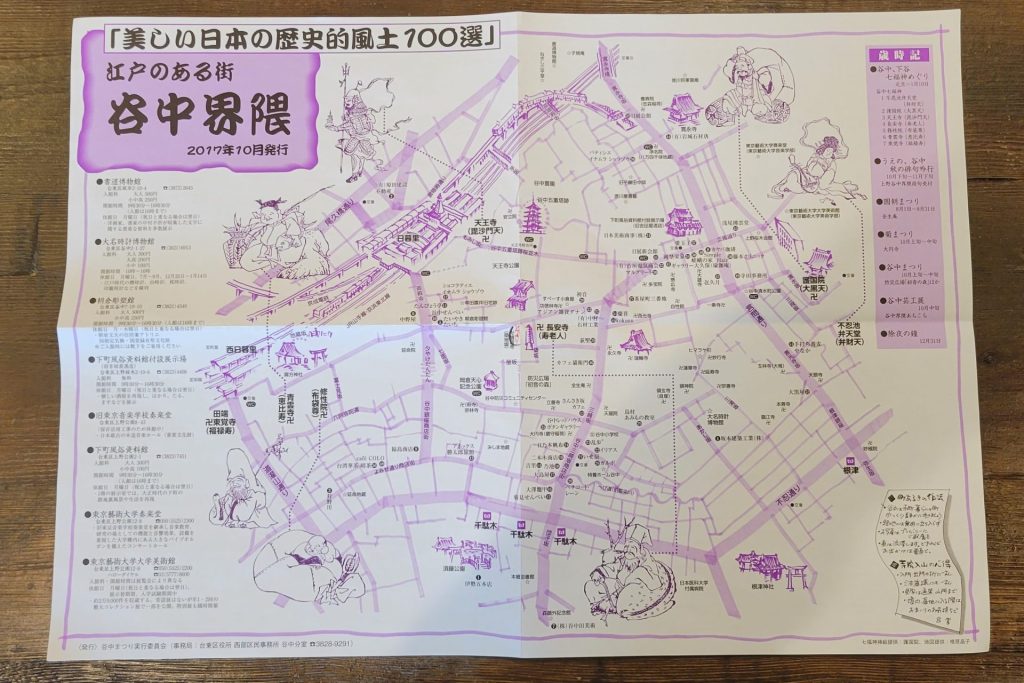
Now, the warm Shichifukujin udon has arrived. Each ingredient is creatively designed to resemble one of the Shichifukujin, making it a playful udon dish.

First, I took a sip of the broth. The light and warm black broth seeped into my chilled body. The udon noodles were soft, easy on the stomach, and went down smoothly. While not flashy, the taste evoked a nostalgic feeling that wouldn’t grow old even if eaten every day.
During payment, I asked the landlady if there were many tourists, and she mentioned that there seemed to be many European travelers in Yanesen.
Also, it seems that many establishments in Yanesen, including temples and shrines, are cash-only, so it might be a good idea to carry extra cash when visiting.
Afterwards, I stopped by the sweets shop “Akita-ya” that had caught my eye on the way and purchased some Mitarashi dango.
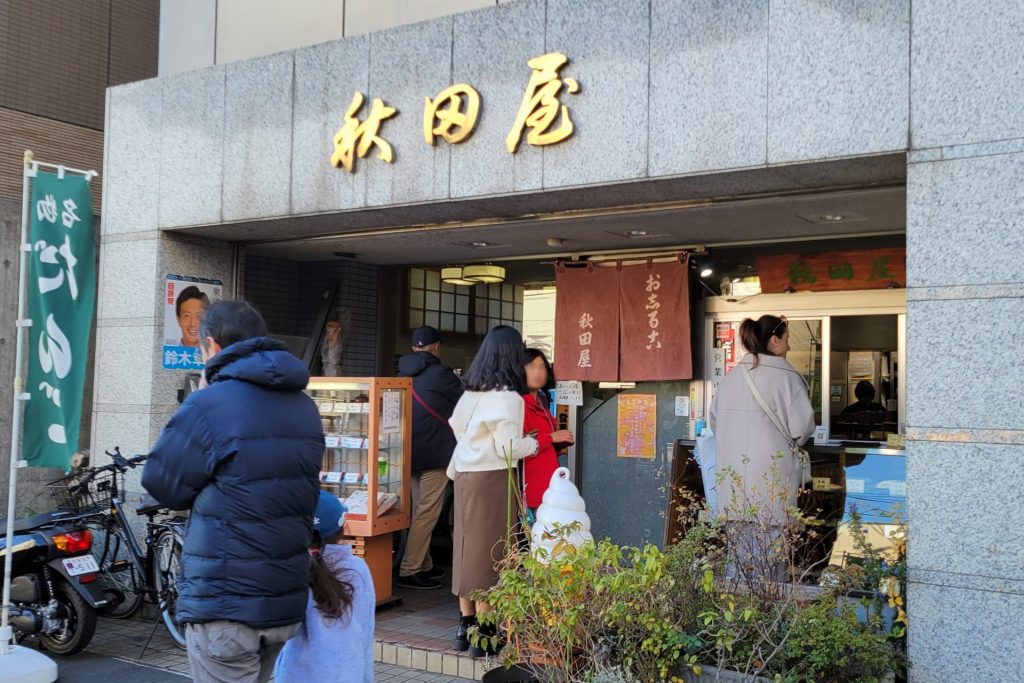
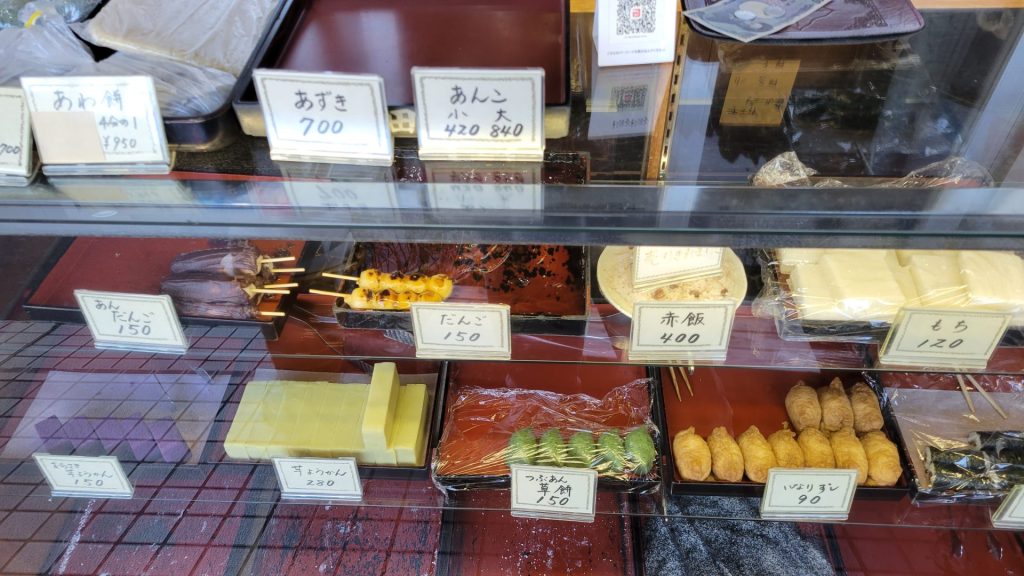

*10
Mitarashi dango is a type of dumpling made from rice flour, typically grilled or steamed, and then coated with a sweet soy sauce glaze. It offers a delicious sweet and savory flavor.
The senbei, udon, and dango I had today all retained the same traditional taste that I’ve always enjoyed. Yanesen area truly offers a delightful experience for exploring local gourmet delights.
Returning the bicycle at the port marked the end of today’s exploration. It was about a three-hour bike trip around Yanesen where I rediscovered the charm of the oldtown area. While collecting Goshuin stamps was the main focus this time, Yanesen has many other attractive spots such as temples, shrines, art galleries, and gourmet restaurants. Additionally, neighboring areas like Ueno Park, which is Japan’s first comprehensive park featuring numerous art and history museums along with a zoo, Asakusa with its iconic tourist attractions, and Akihabara, known as Japan’s largest electronics district, offer plenty to explore. Starting a long ride from the Yanesen area could lead to even more fascinating discoveries.
It was a winter day that made me want to visit Yanesen again during festival season.
Map:Collecting Goshuin in the Yanesen Area
🚴♂️Tokyo old town bicycle stroll series🚴♂️
Tour the legacy of Edo’s oldtown legend, Hokusai, by bike.
#01 Birth to Teens
#02 20s to 40s
#03 50s and Beyond
Profile
Shitamachi Kombu
Weekend writer. Born in Kanda, Tokyo, and the third generation “Edokko” (Tokyoite). Interested in rediscovering the shitamachi (oldtown) area. Relies on an electric bicycle daily as a commuting companion. Suffers from a poor sense of direction. A fan of essayist Sadao Shouji. Writing under the pen name “Shitamachi Kombu,” inspired by the classic snack “Miyako (downtown) Kombu.”
Post Date:2024.02.09